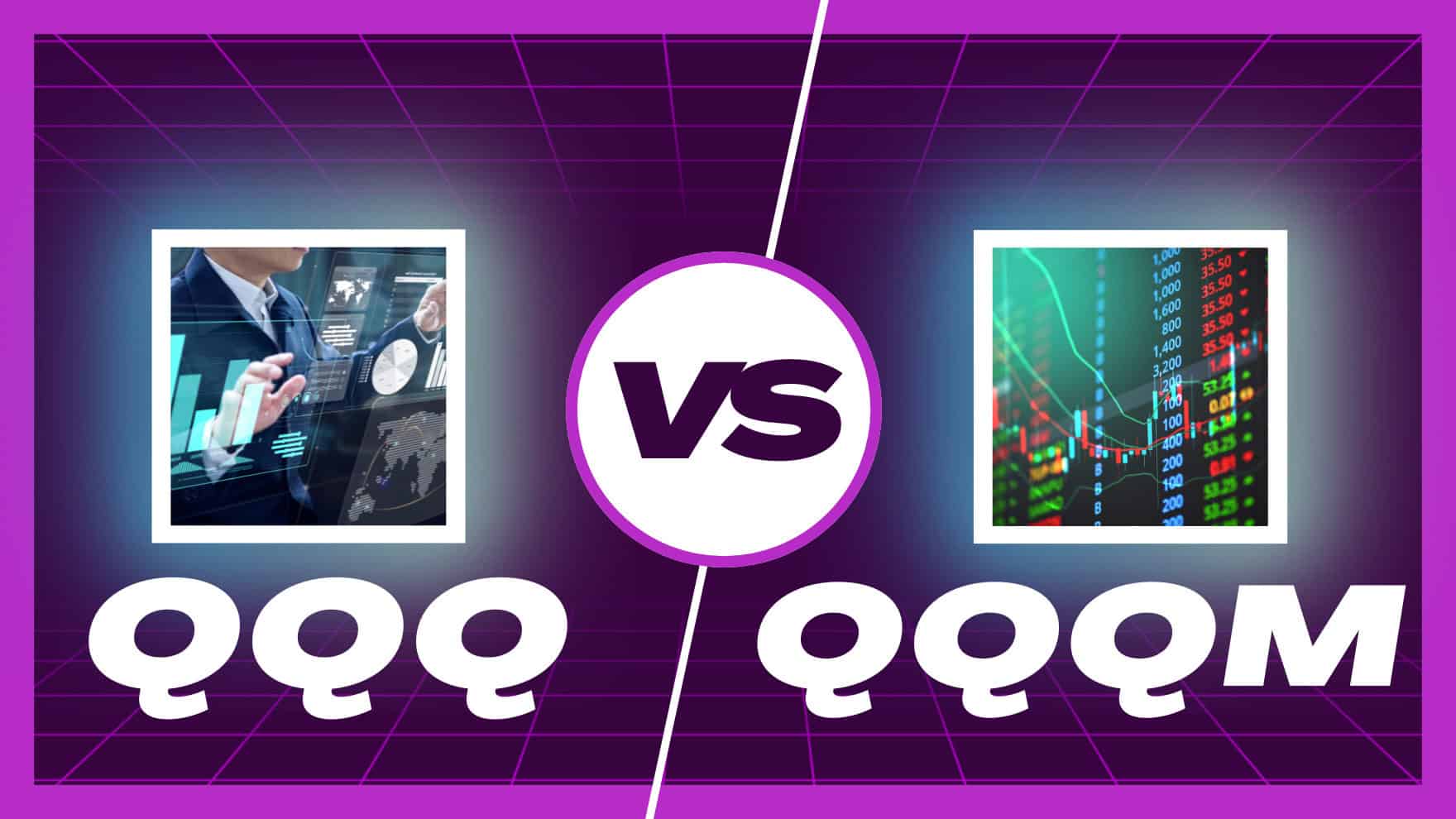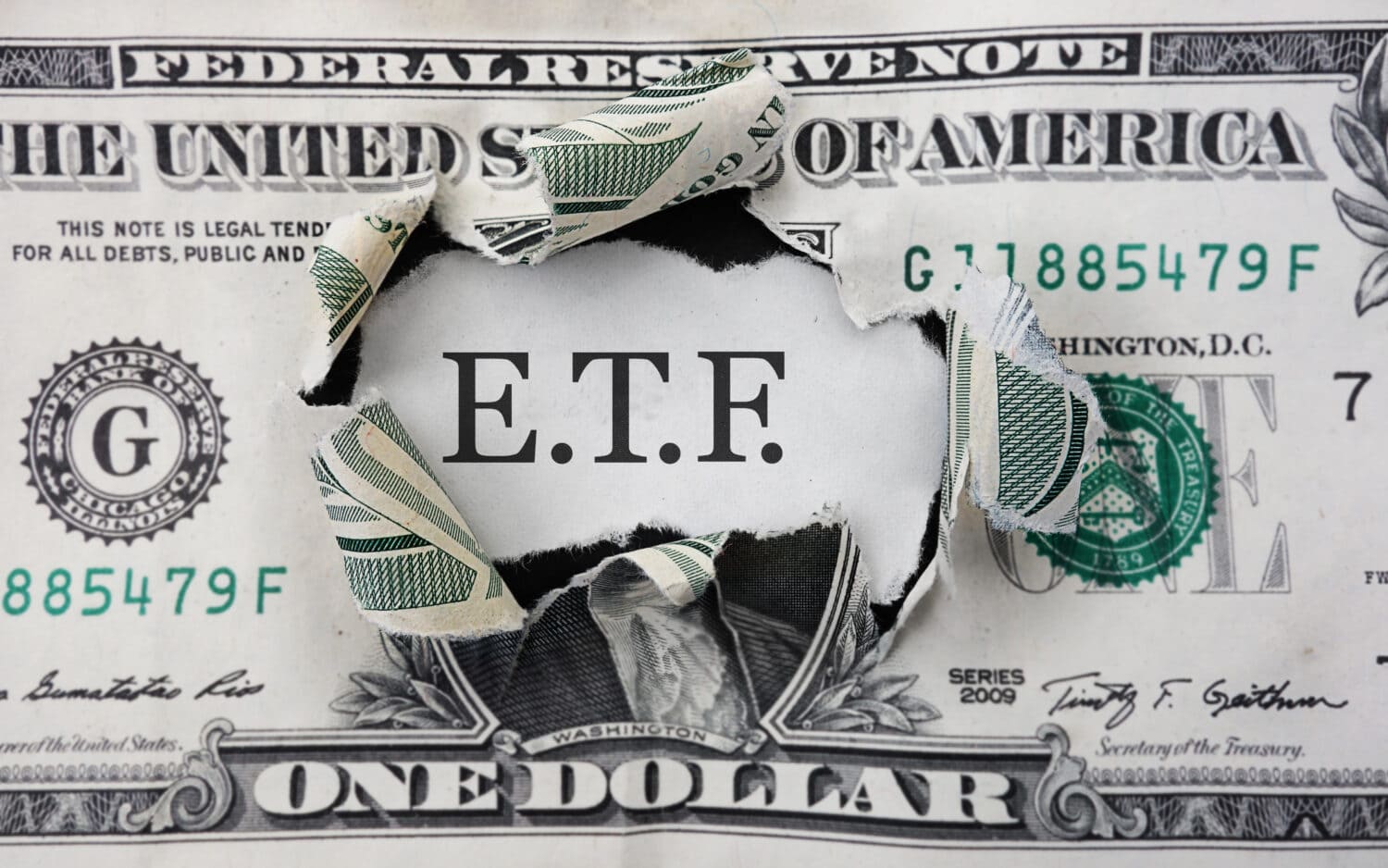
Exchange-traded funds (ETFs) are a valuable tool for investors looking to tap into the growth potential of specific sectors. These investment vehicles allow you to invest in many securities simultaneously, allowing you to have a diverse holding with a single purchase.
Within the technology sector, the Nasdaq-100 index reigns supreme. It tracks the performance of the 100 largest non-financial companies listed on the Nasdaq Stock Exchange. If you’re looking to invest in these companies, there are two main ETFs to choose from: Invesco QQQ Trust Series 1 (Nasdaq: QQQ) and Invesco NASDAQ 100 ETF (Nasdaq: QQQM).
While both offer access to the Nasdaq-100, there is a key difference between them. QQQM prioritizes minimal cost, while QQQ prioritizes superior liquidity. We’ll take a look at exactly what this means below and help you choose which ETF is best for you.
What is QQQ?

Invesco QQQ Trust Series 1, more commonly known by its ticker symbol QQQ, is insanely popular. It was originally launched in 1999 and boasts a long track record of mirroring the performance of the Nasdaq-100 index. It’s regularly one of the hottest equity ETFs in the US.
The Nasdaq-100 index tracks the 100 largest non-financial companies listed on the Nasdaq Stock Exchange. Investing in QQQ can add a concentrated dose of growth potential to your investing portfolio.
QQQ’s longevity and impressive management solidify its position as a leading player for investors seeking exposure to the top companies on the Nasdaq.
What is QQQM?

While QQQ reigns supreme in terms of history, QQQM emerged as a challenger in 2020. This new ETF offers a compelling alternative for cost-conscious investors. QQQM tracks the exact same Nasdaq-100 index that QQQ does. Therefore it provides the exact same exposure.
However, QQQM achieves this by employing a more streamlined structure. There is less liquidity in QQQM stock, making it slightly more challenging to sell and buy. This also leads to a lower expense ratio, though.
QQQ vs. QQQM: Which Fund is Right for You?

Choosing between these two ETFs requires you to keep several things in mind. We’ll take a look at the most important aspects below.
Fees and Risks
Choosing between QQQ and QQQM comes down to a careful consideration of fees and risk tolerance.
Every ETF charges an annual fee, known as an expense ratio. This fee covers the ETF’s operational cost. The fee is described as a percentage of the fund’s assets and directly eats into your returns. QQQM boasts a lower expense ratio compared to QQQ. That translates to keeping more of your hard-earned returns in your pockets.
When evaluating risk, a key metric to consider is Beta. Beta measures an investment’s volatility compared to the overall market. The market’s volatility is 1, so any investment with a beta of 1 is about as volatile as the market as a whole.
A beta of less than 1 means the stock is more stable, while a beta of more than 1 means the investment is less stable.
Since both QQQ and QQQM track the same Nasdaq-100 index, their betas are very similar to the market. One is not necessarily more risky than the other.
When it comes to risk measured by Beta, you’re not making a significant trade-off between QQQ and QQQM. The deciding factor becomes the expense ratio, where QQQM offers a potential cost advantage.
Historical Performance
Due to their identical holdings, which mirror the Nasdaq-100 index, these ETFs’ long-term performance is very similar. There is a slight variation due to factors like expense ratio and inception dates, but the overall return is very close.
It’s important to note that past performance is not necessarily indicative of future results, but this similarity highlights the fact that with either ETF, you’re essentially investing in the same underlying basket of companies.
Liquidity
Liquidity is how easy it is to buy or sell an asset. When something is very liquid, it means you can cash out easily. Due to its larger size and longer history, QQQ boasts very good liquidity, while QQQM is slightly less good.
his translates to tighter bid-ask spreads (the difference between the buying and selling price) and the ability to execute trades more efficiently, especially for larger transactions.
Simply put, QQQ is a more established, liquid ETF, potentially leading to smoother entry and exit points.
The Trade-Off

Both QQQ and QQQM are extremely similar. They both provide investors with a way to invest in the top companies listed on the Nasdaq. The key differentiator boils down to a fundamental trade-off: cost versus liquidity.
- Cost: If keeping expenses low is your top priority, then QQQM may be the best option for you, thanks to its lower expense ratio. This translates to a potentially higher return over time, especially for investors with a buy-and-hold strategy.
- Liquidity: For investors who prioritize the ability to enter and exit positions quickly, particularly short-term traders, QQQ’s superior liquidity might be more valuable. Tighter bid-ask spreads and a larger trading volume translates to smoother execution of trades.
Therefore, for most long-term investors seeking exposure to the Nasdaq-1oo and prioritizing minimal cost, QQQM emerges as a strong contender. However, active traders who want immediate execution and tighter spreads may find QQQ’s higher liquidity advantageous.
It’s Your Money, Your Future—Own It (sponsor)
Are you ahead, or behind on retirement? For families with more than $500,000 saved for retirement, finding a financial advisor who puts your interest first can be the difference, and today it’s easier than ever. SmartAsset’s free tool matches you with up to three fiduciary financial advisors who serve your area in minutes. Each advisor has been carefully vetted and must act in your best interests. Start your search now.
If you’ve saved and built a substantial nest egg for you and your family, don’t delay; get started right here and help your retirement dreams become a retirement reality.
Thank you for reading! Have some feedback for us?
Contact the 24/7 Wall St. editorial team.





